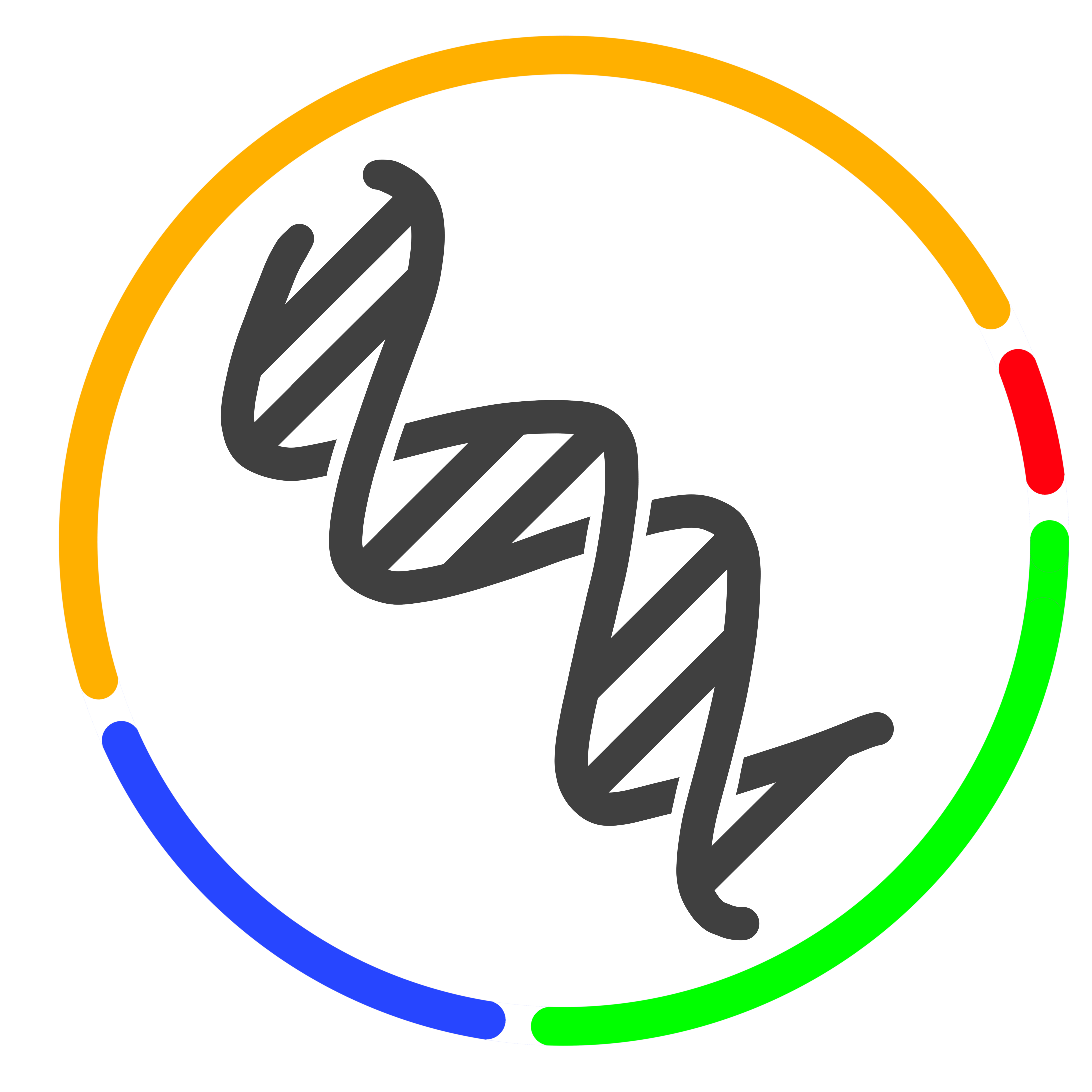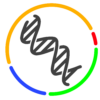Team leaders: Carine LE GOFF (CR INSERM) & Mathilde VARRET (CR INSERM)
 Since 2017 the team has focused on the elucidation of pathophysiologic mechanisms associated with thoracic aortic aneurysms, and coronary artery disease (CAD) in an uninterrupted continuum from genetics to pathophysiology and patient care. The composition of the team confers a competitive advantage to our project. Indeed, the team brings together expert clinicians and researchers thereby maintaining a dynamic bidirectional link between patient care (clinic, imaging and genetics) and research.
Since 2017 the team has focused on the elucidation of pathophysiologic mechanisms associated with thoracic aortic aneurysms, and coronary artery disease (CAD) in an uninterrupted continuum from genetics to pathophysiology and patient care. The composition of the team confers a competitive advantage to our project. Indeed, the team brings together expert clinicians and researchers thereby maintaining a dynamic bidirectional link between patient care (clinic, imaging and genetics) and research.
Thoracic aortic aneurysms (TAAD)
Thoracic Aortic Aneurysms or Dissections (TAAD) represent a rare cardiovascular disorder with a leading deadly risk of rupture. β-adrenergic antagonists (β-blockers) and Sartans (ARB) may slow the rate of enlargement of an aortic root aneurysm, but the only clearly effective measure is preventive surgical replacement of the aortic root. Therefore, there is a dire need for a better understanding of the mechanisms involved in the initiation and development of TAAD.
Dyslipidemias
Dyslipidemia is a major risk factor for the development of atherosclerosis. Autosomal Dominant Hypercholesterolemia (ADH) is the ‘textbook dyslipidemia’ for inherited atherosclerosis leading to CAD. ADH is clinically and biologically homogeneous and results essentially from LDL receptor alterations. We pioneered paradigm rupture and demonstrated that ADH is genetically heterogeneous with the involvement of at least 4 genes. Our ground-breaking work revealed that PCSK9 is involved in cholesterol homeostasis (Seidah et al. 2017 and El Khoury et al. 2017) and that the APOE gene participates significantly in the molecular spectrum of ADH defects (Abou Khalil et al. 2021).
Family name | First name | Position | Tel | Email | ORCID |
|---|---|---|---|---|---|
| AHERMOUCH | Maëlle | Stag M2 | maelle.ah@icloud.com | ||
| ARNAUD | Pauline | MCUPH | 01.40.25.85.55 | pauline.arnaud@aphp.fr | 0000-0001-9727-1592 |
| BIBIMBOU | Angelique | AI | angelique.bibimbou@inserm.fr | ||
| BOILEAU | Catherine | PUPH | 01.40.25.75.21 | cathboileau@orange.fr | 0000-0002-0371-7539 |
| COHEN | Orlane | Doctorant | orlanecohen15@gmail.com | ||
| DELHOMME | Clémence | CCA | clemence.delhomme@aphp.fr | 0000-0003-0746-8784 | |
| DONATE PUERTAS | Rosa | Post-doc | rodopuer@gmail.com | ||
| ELIAHOU | Ludivine | PH | ludivine.eliahou@aphp.fr | 0000-0002-2995-804X | |
| HANNA | Nadine | PH | 01.40.25.85.55 | nadine.hanna@aphp.fr | 0000-0001-5434-3111 |
| HIMBERT | Dominique | PH | 01.40.25.73.25 | dominique.himbert@aphp.fr | 0000-0002-0336-0058 |
| IUNG | Bernard | PUPH | bernard.iung@aphp.fr | 0000-0002-9127-348X | |
| JAN | Maëlle | Doctorant | maelle.jan@inserm.fr | ||
| JONDEAU | Guillaume | PUPH | 01.40.25.68.10 | guillaume.jondeau@aphp.fr | 0000-0002-0101-2076 |
| LE GOFF | Carine | CR | 01.40.25.75.21 | carine.le-goff@inserm.fr | 0000-0002-7788-708X |
| LEBEL | Marie-Nathalie | TECH | 01.40.25.86.09 | marie-nathalie.lebel@inserm.fr | |
| MILLERON | Olivier | PH | olivier.milleron-ext@aphp.fr | 0000-0003-2784-2999 | |
| RABES | Jean-Pierre | MCUPH | 01.49.09.55.97 | jean-pierre.rabes@aphp.fr | 0000-0002-1215-1493 |
| URENA-ALCAZAR | Marina | PUPH | marina.urena-alcazar@aphp.fr | 0000-0002-4150-290X | |
| VARRET | Mathilde | CR | 01.40.25.75.21 | mathilde.varret@inserm.fr | 0000-0001-9261-1551 |









